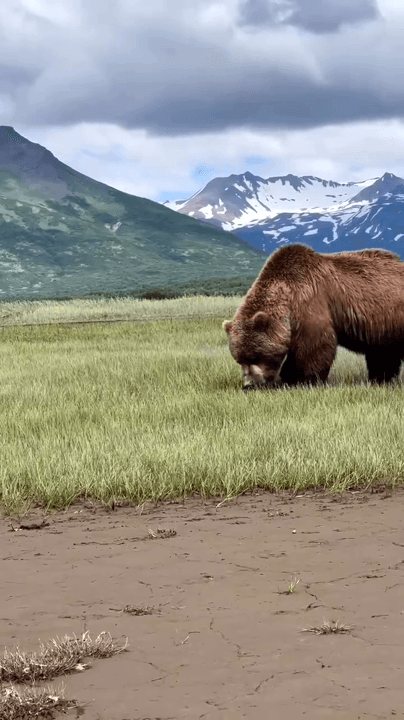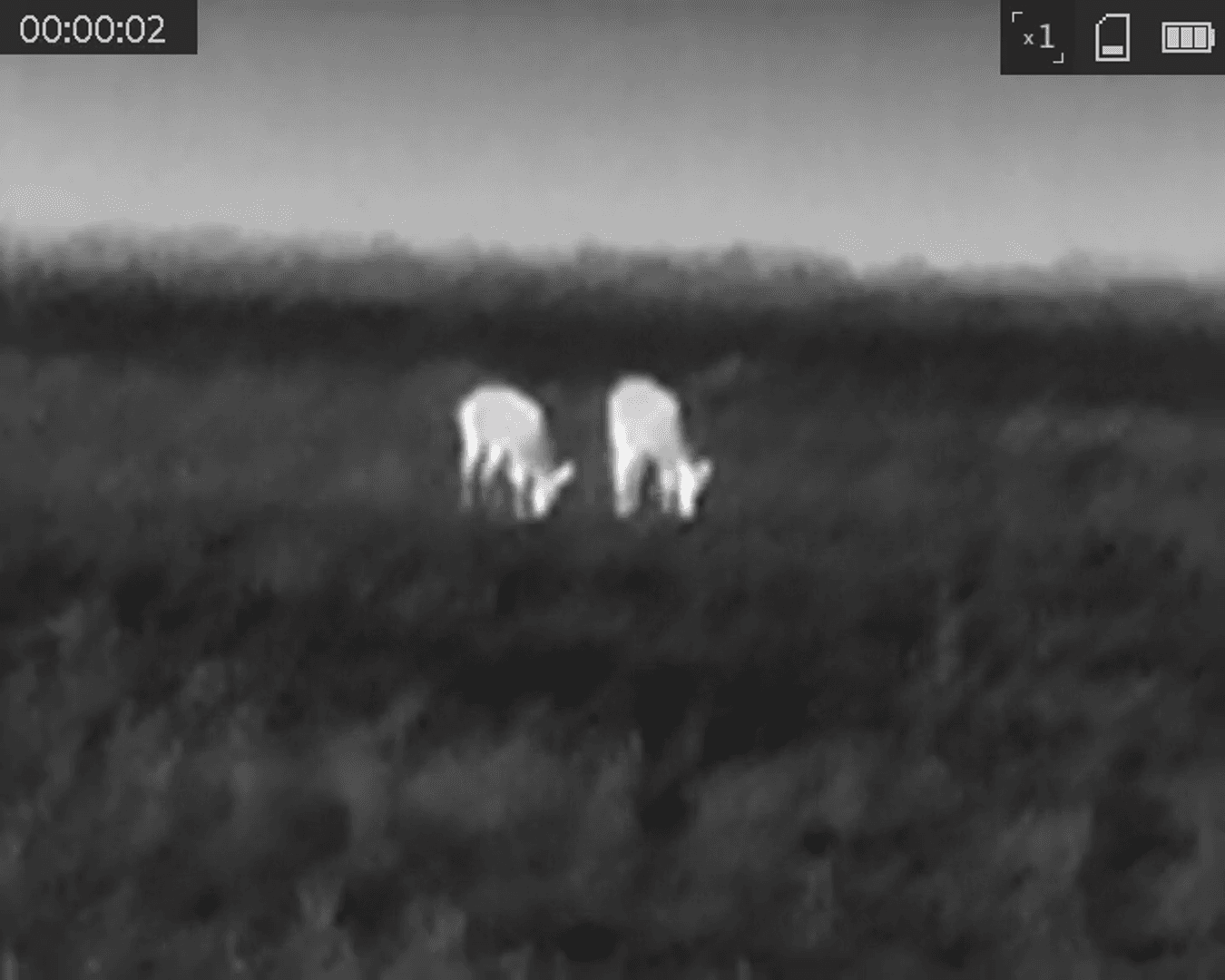Results by search “adaptable” 11
Bushbuck Hunting in Africa: season, methods, place, price. A Comprehensive Hunter's Guide
The bushbuck ( Tragelaphus scriptus ) is a widely distributed and adaptable antelope found throughout much of sub-Saharan Africa. Its relatively small size, elusive nature, and preference for dense cover make it a challenging and rewarding trophy for hunters. This article provides a detailed overview of bushbuck hunting, covering essential aspects from hunting methods to trophy care.
Understanding the Bushbuck
Appearance: Bushbuck exhibit considerable variation in coat color and markings depending on location. Generally, they have a reddish-brown to dark brown coat with white spots and stripes. Males are typically darker and larger than females, and they possess spiraled horns ranging from 10 to 18 inches.
Habitat: Bushbuck thrive in a variety of habitats, including rainforests, savanna woodlands, and riverine forests. They are often found near water sources and areas with thick vegetation f
African Game Animals list: A Concise Field Guide
Africa boasts incredible biodiversity, and a significant part of its appeal lies in its diverse game animals. This list provides a quick overview of some of the most sought-after species, focusing on key identifying features.
Big Game
African Elephant ( Loxodonta africana): Unmistakable. The largest land animal. Look for: Massive size, large ears shaped like the African continent, prominent tusks (present in both males and females, though females' are generally smaller).
African Lion (Panthera leo): A large carnivore, apex predator. Males are readily identified by their prominent manes, which vary in color and thickness depending on age, genetics, and environment. Females lack manes.
Leopard (Panthera pardus): A stealthy and adaptable big cat. Look for: Rosette-patterned coat (dark spots arranged in a circle), relatively short legs compared to body length, preference for forested and rocky habitats.
Rhinoceros (Black Diceros b
Alaska's Majestic Bears: A Guide to Understanding These Iconic Giants
Discover Alaska's diverse bear population, including grizzlies, black bears, and polar bears. Learn about their habitats, behavior, safety tips, and how to observe them responsibly.
Alaska, the Last Frontier, is renowned for its breathtaking landscapes, abundant wildlife, and, most notably, its impressive bear population. These magnificent creatures hold a significant place in Alaska's ecosystem and cultural heritage. From the formidable grizzly to the adaptable black bear and the Arctic-dwelling polar bear, Alaska offers a unique opportunity to witness these iconic animals in their natural habitat. This article delves into the world of Alaskan bears, providing insights into their characteristics, behavior, and how to safely and responsibly appreciate their presence.
Types of Bears in Alaska:
Alaska is home to three main types of bears:
Grizzly Bear (Brown Bear): Often referred to as brown bears, grizzlies are
The Swedish Vallhund: A Hunter's Secret Weapon
For those of us who prize versatility, intelligence, and sheer grit in a hunting companion, the Swedish Vallhund deserves a serious look. This ancient breed, hailing from the Viking lands, is far more than just a charming herding dog. With the right training, the Vallhund can be a surprisingly effective hunter.
What Can a Vallhund Hunt?
Traditionally, Vallhunds weren't purpose-bred for a specific type of game. Their herding background meant they were adept at working with cattle, sheep, and other livestock. However, their intelligence and drive make them adaptable to hunting a variety of quarry:
Small Game: Rabbits, hares, squirrels, and rodents are well within the Vallhund's capabilities. Their quick reflexes and tenacious nature are a real asset.
Birds: Some Vallhunds can be trained as flushing dogs for upland birds like grouse, quail, and pheasant.
Larger Game (with caveats): While not typically used as primary big-game hunters, V
The bobcat (Lynx rufus), also known as the red lynx, is a medium-sized cat native to North America. It ranges from southern Canada through most of the contiguous United States to Oaxaca in Mexico. It is listed as Least Concern on the IUCN Red List since 2002, due to its wide distribution and large population. Although it has been hunted extensively both for sport and fur, populations have proven stable, though declining in some areas.
It has distinctive black bars on its forelegs and a black-tipped, stubby (or "bobbed") tail, from which it derives its name. It reaches a total length (including the tail) of up to 125 cm (50 in). It is an adaptable predator inhabiting wooded areas, semidesert, urban edge, forest edge, and swampland environments. It remains in some of its original range, but populations are vulnerable to extirpation by coyotes and domestic animals. Though the bobcat prefers rabbits and hares, it hunts insects, chickens, geese and other birds, small rodents, and deer. Pre
Facts About Badgers
Size
Badgers can grow up to 20 to 34 inches (51 to 86 centimeters) long from head to tail. The tail adds an additional 4 to 6 inches (10 to 15 cm) to its length. Badgers weigh between 9 and 39 pounds (4 to 18 kilograms).
Habitat
Badgers prefer dry, open grasslands, though they are very adaptable. Some also live in woods, quarries, hedgerows, sea cliffs and moorland. American badgers are typically found in the Great Plains region of North America. They can also be found in the western United States, central western Canadian provinces and in the mountainous areas of Mexico, according to the Animal Diversity Web (ADW) at the University of Michigan.
Honey badgers are found in southern Africa; hog badgers live primarily in Southeast Asia, India and Sumatra. The Asian badger extends across Russia and into China and Eastern Europe. The European, or Eurasian, badger spans from Ireland and Spain all the way to eastern Russia, China and Japan, according to ADW.
Badgers
Related to request “adaptable”










